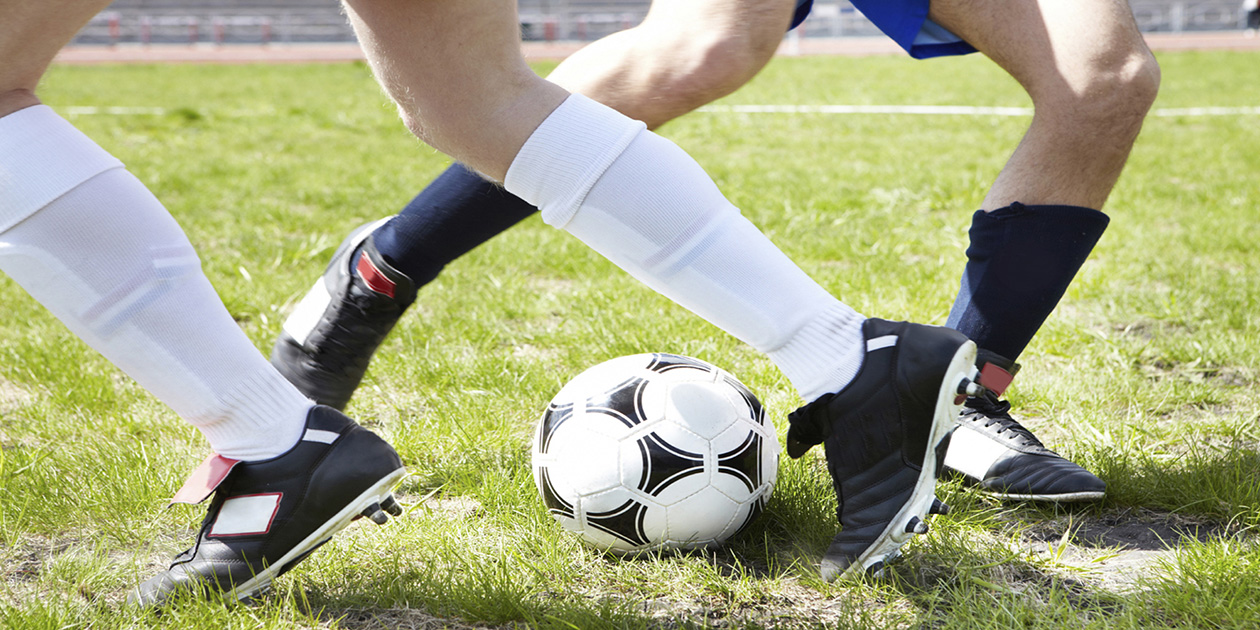As Certified Pedorthists, we are constantly balancing the needs of our clients against the restrictions that exist in the form of footwear. There are countless different styles of footwear in the world today, and not all shoes are created equal in terms of their ability to accommodate an orthotic. In a perfect world we would be able to design the “perfect” orthotic for our clients, and then fit it in the “perfect” shoe. However, in the real world, this is very rarely an option. The restrictions I alluded to earlier come in different forms, including but not limited to:
- Occupational requirements – all black, steel toe, business attire and a non-slip sole to name a few.
- Aesthetic concerns – the constant debate of fashion vs function.
- Sports/Activities – In many cases there are certain shoes designed for specific activities.
Focusing on that last point for a moment, the performance demands of many sports (and the athletes who play them) cannot be met by a standard everyday shoe, and this can create a difficult fit for someone who wears custom orthotics. This is particularly true in sports such as soccer, baseball, football, rugby, lacrosse and others, where more often than not the athletes use cleats. While there are different types of cleats for the different sports, a common theme among them seems to be that they are a more narrow fit, often with very little extra space in the shoe. So, the question becomes how do we balance our clients’ need for control and support (a need that only increases during high impact activities) with the restrictions that exist in the form of their cleats?
The answer is in the orthotic design, and more specifically the materials used. More rigid materials such as carbon fibre or various plastic polymers can be molded into a shell as thin as 2 or 3mm while maintaining adequate control through the strength of the material. A thin top cover completes the product without adding bulk. This design provides the athlete with the support they need without negatively affecting the fit of the cleats.
This is just one of the many ways in which different orthotic materials and designs can be used to provide solutions to the problems encountered by many orthotic users. Speak to a Canadian Certified Pedorthist to find out what option would be best for you

